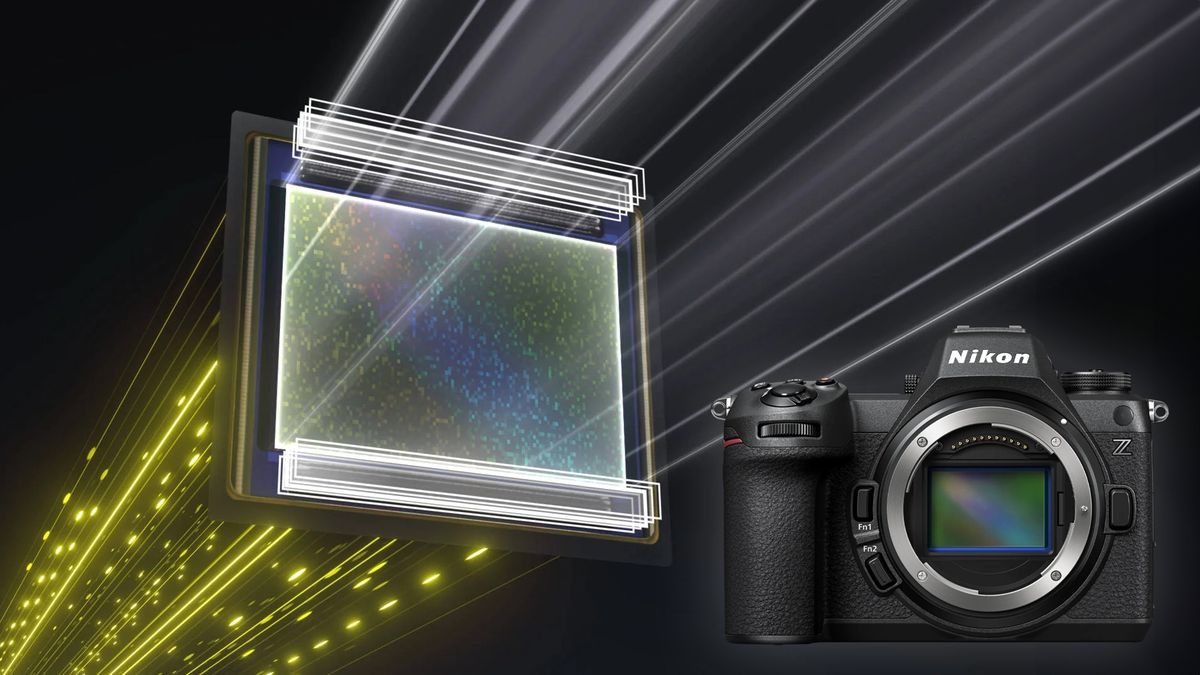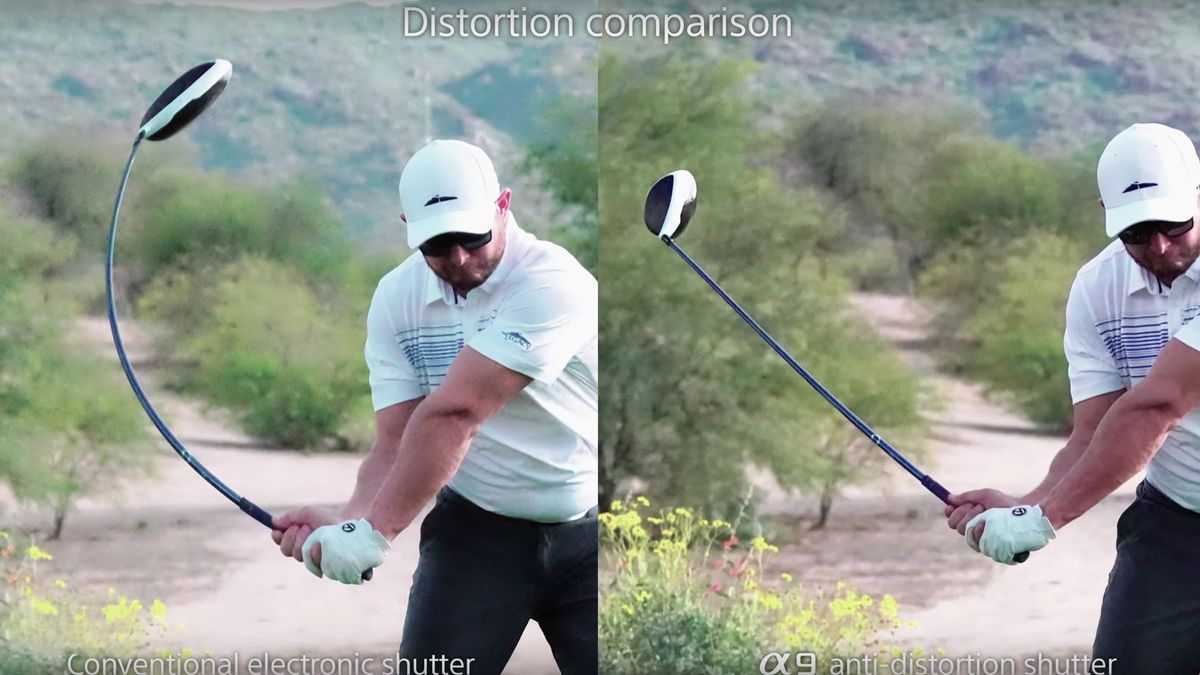Reports have surfaced that the new Nikon Z6 III may have a more limited dynamic range than the old Z6 II. This observation was made by William Claff at Photons to Photos, who does in-depth testing of camera sensor performance, and much more besides. Claff’s findings show that the Z6 III maxes out at 10.44EV of dynamic range at ISO 100, compared to the Z6 II’s 11.26EV at the same sensitivity. The Z6 III continues to trail its predecessor by 0.6-0.7EV up to ISO 800, where both cameras then perform very similarly:
Read more: Nikon Z6 III review
Now, Claff apparently knows his stuff and has been testing sensor performance for many years, so I’m not about to criticize his results or testing methodology. But what I can say is that when I tested the Z6 III in the lab, I found that (contrary to Claff’s results), the dynamic range of the Z6 III was almost identical to that of the Nikon Z6 II at lower sensitivities, although the new camera it trailed the previous generation by 0.5-1EV at ISO 6400 and above.

While this is surprising and disappointing, in my opinion, the most important difference between the two cameras is signal-to-noise ratio performance—aka how much image noise each camera produces at a given ISO sensitivity. In our signal-to-noise ratio test I found that the Z6 III and Z6 II generated very similar noise levels at lower sensitivities, but at ISO 1600 the new camera begins to produce significantly noisier images than those from the Z6 II, and this the trend continues afterwards. at ISO 25,600 – our highest sensitivity tested.
And it’s not just us who’ve noticed that the Z6 III is producing noisier images at higher ISOs – check out this detailed image noise comparison between it and the original Z6 from the YouTuber’s test cameras:

Look at
While you’d be forgiven for assuming that a new camera will perform better in every test metric than the camera it replaces, that’s often not the case. More often than not, a new camera model with a higher megapixel count than its predecessor will often produce a lower signal-to-noise ratio, as cramming the extra pixels into a sensor of the same dimensions – be it APS -C or full frame – makes every pixel. smaller, less sensitive to light, and therefore more prone to generate noise.
But in the case of the Z6 III, its 24.5 MP resolution is identical to that of the Z6 II. The difference here may instead lie in the Z6 III’s new partially stacked sensor construction. Again, this is unproven speculation, but while a partially stacked sensor improves sensor readout speed for faster burst firing and reduced rolling shutter distortion, it can also have a detrimental effect on noise. image and dynamic range. This is also supported by the sensor results in Photons to Photos, which generally show that dynamic range performance from stacked sensors is slightly lower than that of equivalent, non-stacked chips.
The best camera deals, reviews, product tips and undisputed photography news, straight to your inbox!

I can’t give you a definitive explanation as to why a stacked sensor would compromise image clarity and dynamic range, but I suspect it depends on the construction of the stacked sensor itself. The mere layer of a sensor’s elements should not hinder image quality. Rather, using this design to increase the sensor’s reading speed is more likely to be the culprit, although logically that doesn’t add up either. To capture a single still image, the sensor on the Z6 III uses the same (or nearly the same) number of pixels as the sensor on the Z6 II. Both sensors are of identical dimensions, resulting in identical pixel sizes. If the image is then captured at the same shutter speed duration and ISO sensitivity, the two cameras should produce very similar noise levels and dynamic range, assuming Nikon’s image processing is also comparable. And yet, the results of our lab tests are echoing those from other testers: The Z6 III isn’t doing as well as the Z6 II (or even the original Nikon Z6) in terms of dynamic range and image clarity, let alone speed increased sensor reading as the most obvious cause.

But before you rush out to turn in your new Z6 III, let’s ‘zoom out’ for a moment. The differences in image quality between the two Z6 models highlighted by our lab testing and that of William Claff are relatively small. In our case, we test with all high ISO noise reduction disabled and any dynamic range enhancements turned off in order to maintain an even playing field. In more ‘real world’ use with these systems enabled, would you really be likely to notice such subtle differences in image quality unless you were deliberately looking for them? Not likely.
Then when you consider the benefits that a faster read speed can bring to increased shutter speed, higher video resolution with faster bit/frame rates, and other image quality improvements such as reducing the distortion of rolling shutters; many would argue that this added versatility of the hybrid camera is worth the small trade-off in noise and dynamic range.